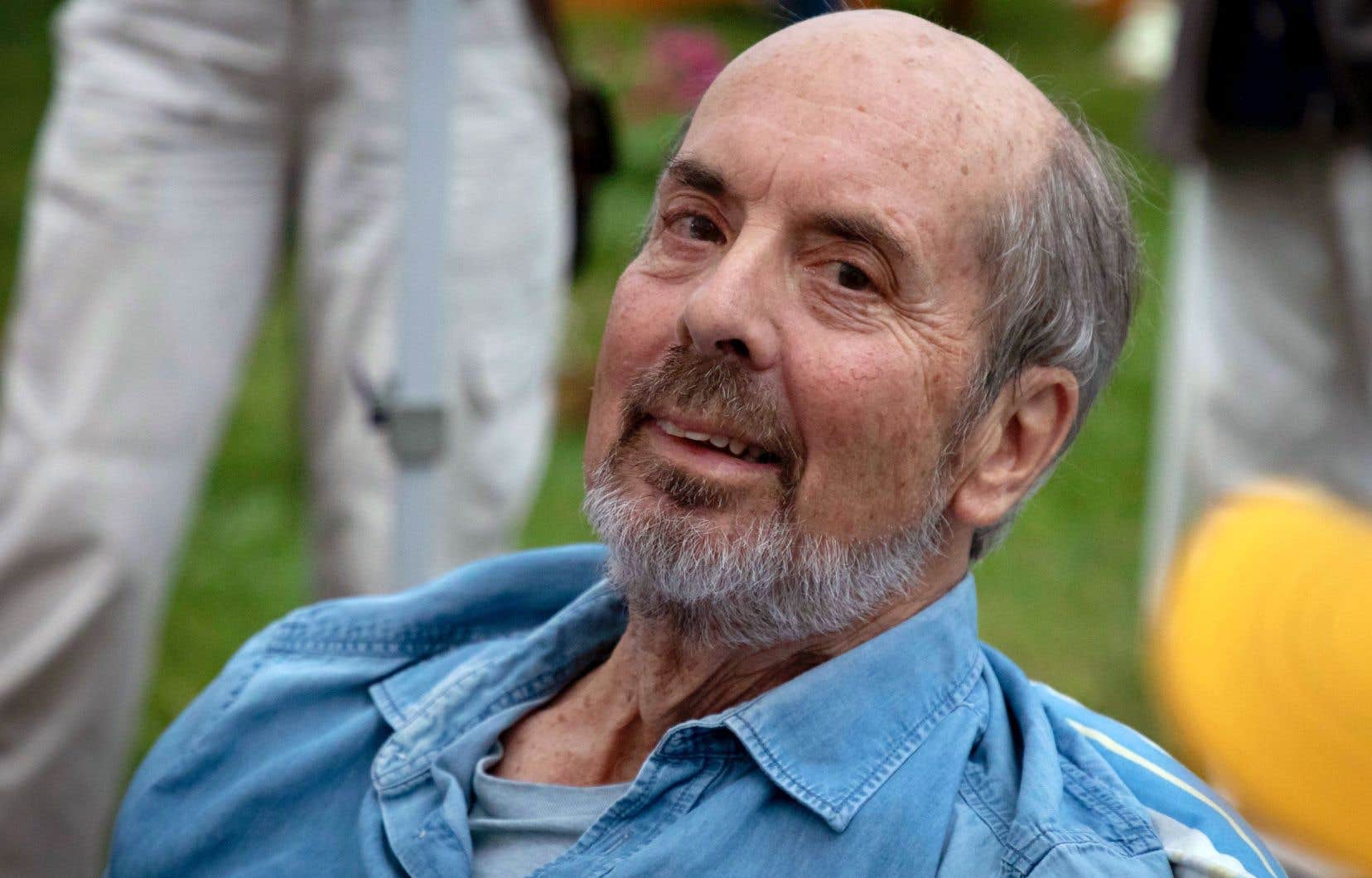A major figure in the preservation of Quebec architectural heritage, photographer Brian Merrett has died. From the late 1960s to the 2000s, Brian Merrett photographed the urban landscape of Montreal, while working closely with organizations such as Sauvons Montréal, the Westmount Action Committee, Les Amis de la Gare Windsor and Héritage Montréal. Born in 1945 in Saint-Jean, New Brunswick, Brian Merrett had lived in Montreal for half a century.
Throughout his career, his photos have been presented in solo exhibitions at the Canadian Center for Architecture as well as the McCord Museum. He also participates in several group exhibitions, both at the Montreal Museum of Fine Arts and at the Montreal Museum of Contemporary Art. On the international stage, his work is seen at Encontros da Imagem, the international photography festival in Braga, Portugal.
His photographs offer sensitive views on aspects of Montreal urban life. Some of his prints are, among others, part of the collection of the National Gallery of Canada, the National Museum of Fine Arts of Quebec, the Montreal Museum of Fine Arts and the Museum of Contemporary Art of Montreal.
Save heritage
Specialist in photography, curator Zoë Tousignant said she was deeply saddened by this disappearance. “He was a kind, funny and always energetic soul who will be greatly missed. Brian’s important contribution to the history of photography in Montreal and his dedicated work to protect the city’s built heritage will not be forgotten,” she said on behalf of the McCord Steward Museum.
The Canadian Center for Architecture (CCA) was also quick to highlight the importance of this photographer. According to the CCA, his keen interest in architecture and photography “testifies to his singular commitment and his deep attachment to the heritage architecture of Montreal.” It was he, recalled the institution, who had informed Phyllis Lambert, the founder, of the risk of imminent demolition of the Shaughnessy house. His work in 1973 was instrumental in saving this unique building from certain disappearance. It is this building, a former residence of very wealthy Canadian railway barons, which is today the heart of the CCA.
“In 1972 and 1973,” explains Brian Merrett, “after my own street was transformed into a highway exit ramp – which had made my parking space disappear – my monthly visits to the nuns’ house which now housed my car m ‘instigated the production of photographic documentation which ultimately prevented the demolition of this house, […] since converted and integrated into the Canadian Center for Architecture. This is how I became active in Save Montreal and, in 1975, I was invited to be part of the founding board of Héritage Montréal. For these two organizations, I prepared numerous photographs of threatened buildings and others preserved. »
Also in 1972, he produced a series of images in Europe which refined his perspectives on architecture, in a perspective openly inspired by humanist photography. “I realized that Montreal was not alone in struggling with mid-century progress. » Very early on, his architect father made him aware of the importance of the built environment. By making him observe the various facets of the buildings of Macdonald College, in Sainte-Anne-de-Bellevue, his father had very early educated him in the importance of composition and lines of sight, two of his strong points, said -he is right. We owe in particular to his father, John Campbell Merrett, himself the son of a banker, the creation of the interior of Montreal’s central station.
In 1969, at the end of his apprenticeship in technical and architectural drawing, Brian Merrett documented the restoration of the facade of a 19th century banke century in Old Montreal. In 1968 and 1969, he learned the basics of the profession from commercial photographer Lennart Koraen.
At this time, Merrett began photographing urban architectural projects, notably the restoration of the 19th century building.e century which houses the Bank of Montreal. He told the story in 2022 to the magazine Variable sky : “I took advantage of the fact that I was on scaffolding to photograph the Place d’Armes. In this photo, we saw two of the oldest buildings in Montreal, spectacularly dominated by a glass and steel giant from the 1960s. The architectural vocabulary of this gigantic office building was not that of the old buildings, and we can wondering who at city hall had granted the building permit. »
With photography, he intends to explain what is wrong in the urban environment. “I like to believe that this image marks the beginning of a concern for harmony in our urban landscapes and an awareness of the need to preserve historic buildings. »
From 1983 to 2001, Brian Merrett worked as a photographer for the Montreal Museum of Fine Arts. In addition to carrying out several personal projects, he has produced, with François Rémillard, two works on the architectural heritage of Montreal: Beautiful historic homes on the island of Montreal (2016) and Beautiful historic homes in Quebec and its region (2022).
Environment and demolition
“The themes of the environment and housing demolition brought me into interaction,” recalled Brian Merrett in a retrospective look at his career. “Now that we are grappling with the irreversible climate crisis,” these themes become one, he observed. “Today, municipalities understand that the “greenest” building is the one that is already there, that preserving the past helps shape the future. Amidst the soot-black diesels of destruction, the devastated industrial landscapes, today’s children are learning not to waste. »
He insisted, both through his work and through his commitment, on the importance of preserving the built environment. “When we lose pieces of our past, we lose our history. And without the contribution of this, we cannot knowingly shape our future, we cannot properly educate our children, we cannot benefit from the vast perspective that the visual witnesses of this history offer us. . »
